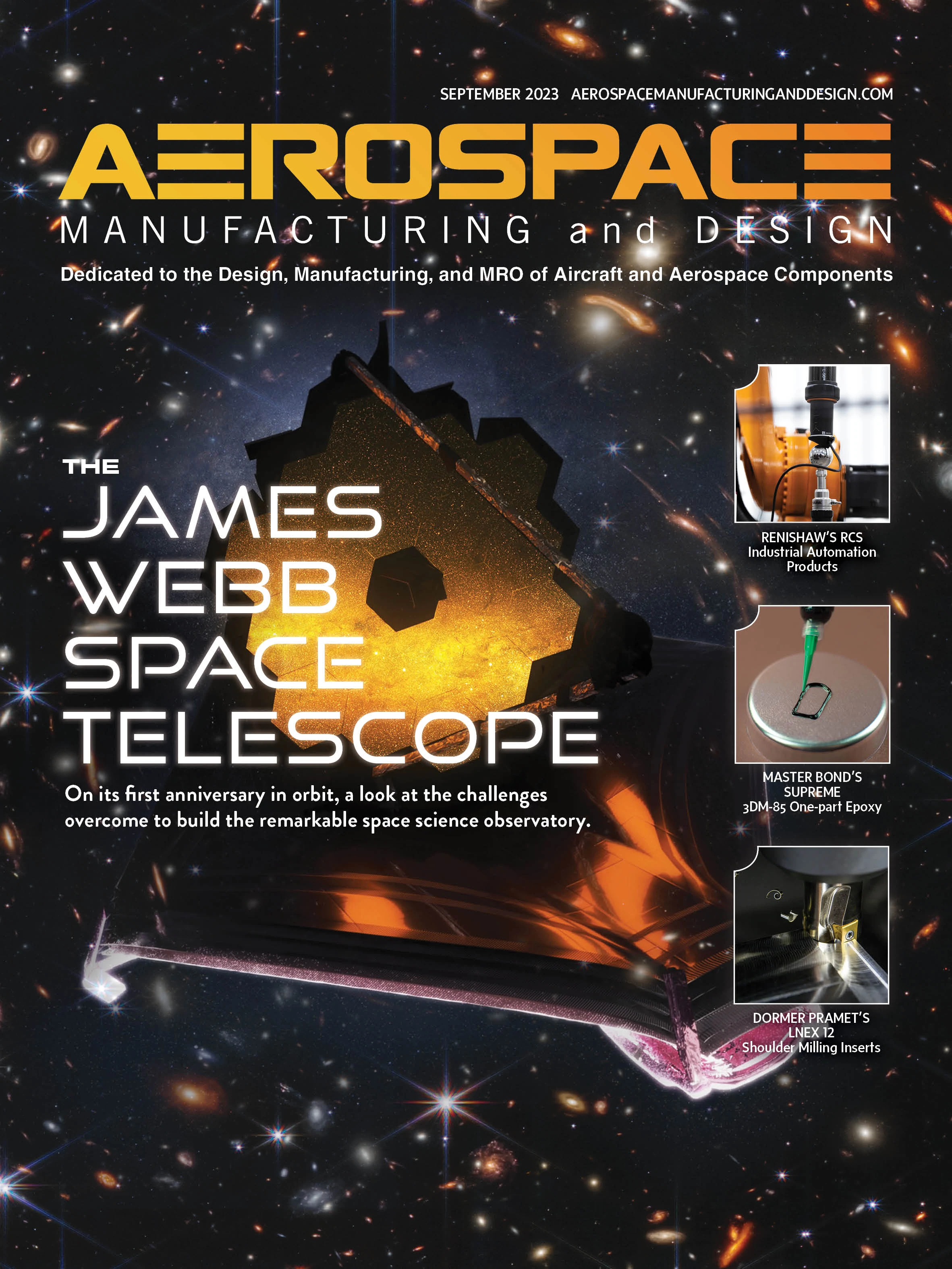
The RCS product line focuses on problems associated with manual setup, calibration, and maintenance of robots, such as operational accuracy and repeatability.
RCS L-90 – a ballbar device that improves robot system accuracy, reduces deployment time, and monitors robot health with simple routines controlled by its supporting software suite.
RCS T-90 – a tri-ballbar system which enables robot users to identify root causes of poor performance, with further comprehensive tests to capture critical robot information, such as remastering the joint offsets to calculated positions, running master-recovery routines, and plotting 3D path performance.
RCS P – integrates a permanent probing solution within a robot cell to apply in-process metrology and automatic recovery to automation processes.
Either in-field or in-process, RCS products work with the intuitive RCS Software Suite to support robots from a range of manufacturers.
Shoulder milling inserts

LNEX 12 negative tangential inserts offer shoulder milling with a maximum depth of cut up to 10mm. A positive rake angle and narrow T-land smooth cutting action with lower demands on spindle torque.
The peripherally ground insert improves wall accuracy and straightness and creates a true 90° corner. A U-groove segment on all four cutting edges offers a good surface finish and expands application to low-power machines and small depths of cut.
The insert comes in two geometries: F for machining various materials in light and medium applications, while M is suited for medium- to semi-roughing in steels and cast irons.
Matched SLN12X cutters come in cylindrical, Weldon, and shell styles, all featuring internal coolant systems. Improved body strength and thick core enhance rigidity, giving a reliable cutting process with low vibrations and long tool life for the insert and cutter. Large clamping screws provide simple indexing and handling.
One part epoxy for dam-and-fill encapsulation

Supreme 3DM-85 is a toughened one-part epoxy for bonding, sealing, and dam-and-fill applications. It bonds to substrates used in electronics including metals, composites, ceramics, and many plastics.
The no mix, non-solvent based thixotropic paste material is thermally conductive and electrically insulating. With a heat cure of 185°F (85°C) for 2-to-3 hours, the epoxy can be used in applications where substrates are sensitive to higher temperatures. After curing, it blocks the flow of a second epoxy encapsulating chips and wire bonds. This system isn’t premixed and frozen, and its working life is unlimited at room temperature.
3DM-85 resists rigorous thermal cycling, facilitates heat dissipation, and prevents overheating, especially in densely packed electronic assemblies. The epoxy maintains a Shore D hardness of 75 to 85, offers damp heat resistance, and is serviceable from -100°F to 350°F (-73°C to 177°C). It’s available for use in syringes and jars.
Master Bond Inc.
Explore the September 2023 Issue
Check out more from this issue and find your next story to read.
Latest from Aerospace Manufacturing and Design
- Ohio creates Youngstown Innovation Hub for Aerospace and Defense
- Tormach’s Chip Conveyor Kit for the 1500MX CNC Mill
- How to Reduce First Article Inspection Creation Time by 70% to 90% with DISCUS Software
- Jackson Square Aviation orders 50 Airbus A320neo aircraft
- Beckhoff's motion control automation solutions
- #40 - Lunch & Learn with Fagor Automation
- Air Methods to purchase up to 28 Bell helicopters
- AMADA's laser marking capabilities





